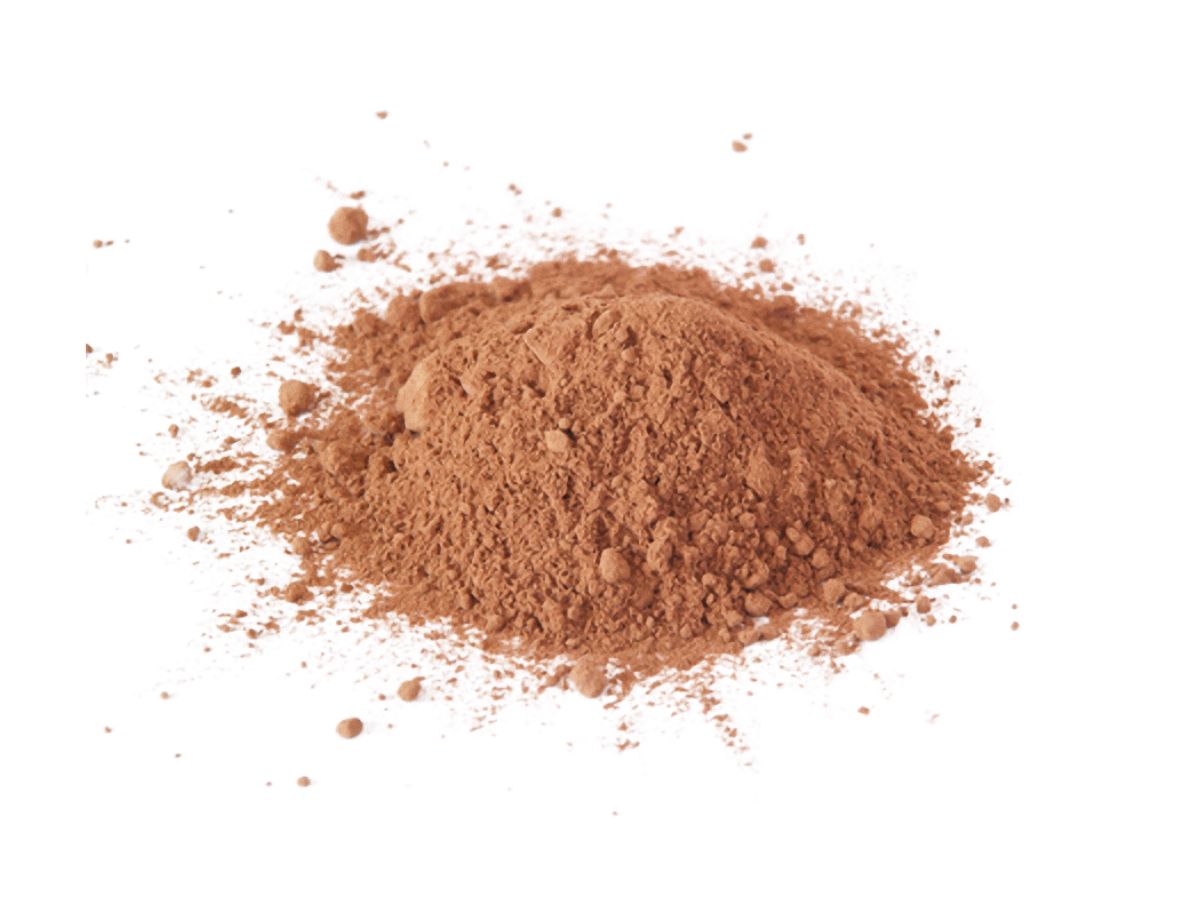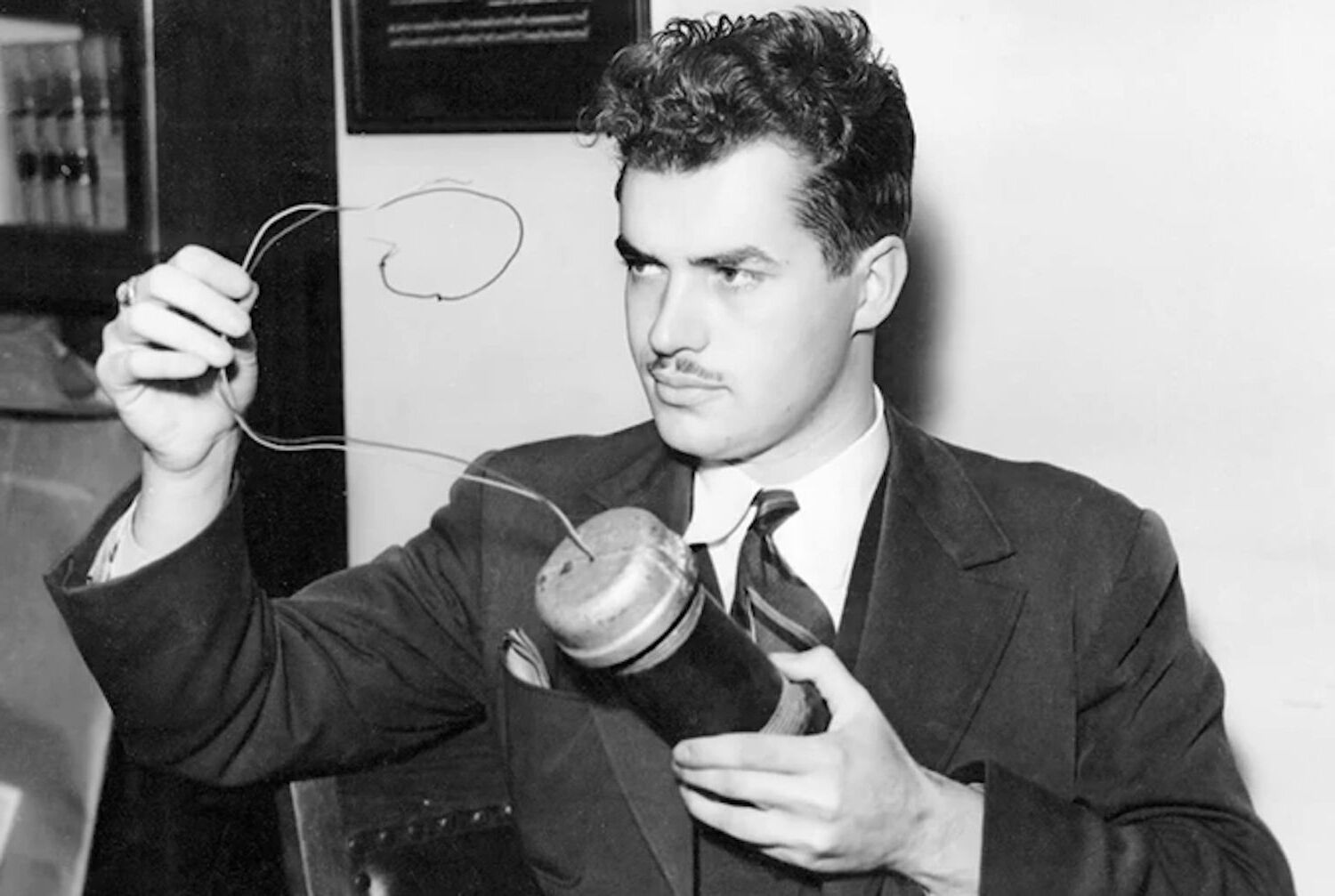
Copper hydride might sound like something out of a science fiction novel, but it's a real compound with some pretty cool properties. What is copper hydride? It's a chemical compound made of copper and hydrogen, often used in organic chemistry. This compound is known for its unique ability to act as a reducing agent, which means it helps other substances gain electrons. Copper hydride is also quite reactive, making it useful in various chemical reactions. But there's more to it than just its chemical behavior. From its discovery to its applications in modern science, copper hydride has a fascinating story. Let's dive into 40 intriguing facts about this remarkable compound!
Key Takeaways:
- Copper Hydride is a unique compound with fascinating properties, such as being a reducing agent and potential use in hydrogen storage. However, it requires careful handling due to its instability and reactivity.
- Despite its challenges, Copper Hydride has diverse applications, from creating thin films for electronics to studying metal-hydrogen interactions. Its potential in renewable energy technologies and industrial processes makes it an intriguing compound worth exploring further.
What is Copper Hydride?
Copper Hydride (CuH) is a chemical compound consisting of copper and hydrogen. It’s not as well-known as other compounds, but it has some fascinating properties and uses. Let's dive into some intriguing facts about this unique substance.
Basic Properties of Copper Hydride
Understanding the fundamental characteristics of Copper Hydride helps us appreciate its applications and behavior.
- Copper Hydride is a binary compound consisting of copper and hydrogen.
- Its chemical formula is CuH, indicating one copper atom bonded to one hydrogen atom.
- Copper Hydride appears as a reddish-brown powder when in its pure form.
- It is relatively unstable and can decompose into copper and hydrogen gas.
- The compound has a molecular weight of 64.55 g/mol, making it relatively light.
- Copper Hydride is insoluble in water, meaning it does not dissolve when mixed with water.
- It is sensitive to air and moisture, which can cause it to decompose.
- The compound is known for its reducing properties, making it useful in certain chemical reactions.
Historical Background
Copper Hydride has an interesting history that dates back to the 19th century.
- Copper Hydride was first discovered in 1844 by the French chemist Adolphe Wurtz.
- Wurtz initially produced it by reacting copper sulfate with sodium hypophosphite.
- The compound was later studied by other chemists, who explored its properties and potential uses.
- Early research focused on its instability and the challenges of handling it safely.
- Despite its instability, it has been used in various chemical experiments to understand its behavior.
Applications of Copper Hydride
Though not widely used, Copper Hydride has some specific applications in chemistry and industry.
- Copper Hydride is used as a reducing agent in organic synthesis.
- It helps in the reduction of carbonyl compounds to alcohols.
- The compound is also used in the preparation of other copper compounds, such as copper(I) chloride.
- In some cases, it is used in the semiconductor industry for doping purposes.
- Copper Hydride can be used in hydrogen storage due to its ability to release hydrogen gas upon decomposition.
- It has potential applications in fuel cells, where hydrogen is a key component.
Safety and Handling
Due to its instability, Copper Hydride must be handled with care.
- Copper Hydride is highly reactive and can decompose explosively if not handled properly.
- It should be stored in an inert atmosphere, such as nitrogen or argon, to prevent decomposition.
- Protective equipment, including gloves and goggles, is necessary when handling the compound.
- It should be kept away from moisture and air, which can trigger decomposition.
- Proper ventilation is essential to avoid the buildup of hydrogen gas, which is flammable.
- In case of a spill, it should be cleaned up immediately using appropriate safety procedures.
Interesting Facts
Here are some lesser-known facts about Copper Hydride that highlight its unique nature.
- Copper Hydride can form different polymorphs, which are different structural forms of the same compound.
- It has been studied for its potential use in hydrogenation reactions, where hydrogen is added to other compounds.
- The compound can act as a catalyst in certain chemical reactions.
- It has been used in research to study the properties of hydrogen in metal hydrides.
- Copper Hydride can be synthesized using different methods, including chemical reduction and electrochemical techniques.
- It has a relatively low melting point compared to other metal hydrides.
- The compound can form complexes with other chemicals, which can alter its properties and stability.
- Copper Hydride has been used in the study of metal-hydrogen interactions, which are important in various scientific fields.
- It can be used to produce ultra-pure hydrogen gas, which is useful in certain industrial processes.
- The compound has been explored for its potential use in hydrogen sensors, which detect the presence of hydrogen gas.
- Copper Hydride can be used to create thin films, which have applications in electronics and materials science.
- It has been studied for its potential use in hydrogen storage materials, which are important for renewable energy technologies.
- The compound can be used in the synthesis of nanoparticles, which have various applications in science and technology.
- Copper Hydride has been used in the study of metal-organic frameworks, which are materials with unique properties.
- Research on Copper Hydride continues, as scientists explore new ways to utilize its unique properties and improve its stability.
Copper Hydride: A Fascinating Compound
Copper hydride, with its unique properties, stands out in the world of chemistry. This compound, known for its reddish-brown color, plays a crucial role in various industrial applications. From acting as a reducing agent to being used in organic synthesis, copper hydride's versatility is impressive. Its ability to decompose into copper and hydrogen gas under certain conditions adds to its intrigue.
Understanding copper hydride's structure and behavior helps scientists develop new materials and processes. Its role in catalysis and potential in hydrogen storage solutions highlights its importance in modern research. While it may not be a household name, copper hydride's contributions to science and industry are significant.
Exploring the facts about copper hydride reveals a compound with much to offer. Its unique characteristics and applications make it a subject worth studying for anyone interested in chemistry and material science.
Frequently Asked Questions
Was this page helpful?
Our commitment to delivering trustworthy and engaging content is at the heart of what we do. Each fact on our site is contributed by real users like you, bringing a wealth of diverse insights and information. To ensure the highest standards of accuracy and reliability, our dedicated editors meticulously review each submission. This process guarantees that the facts we share are not only fascinating but also credible. Trust in our commitment to quality and authenticity as you explore and learn with us.


